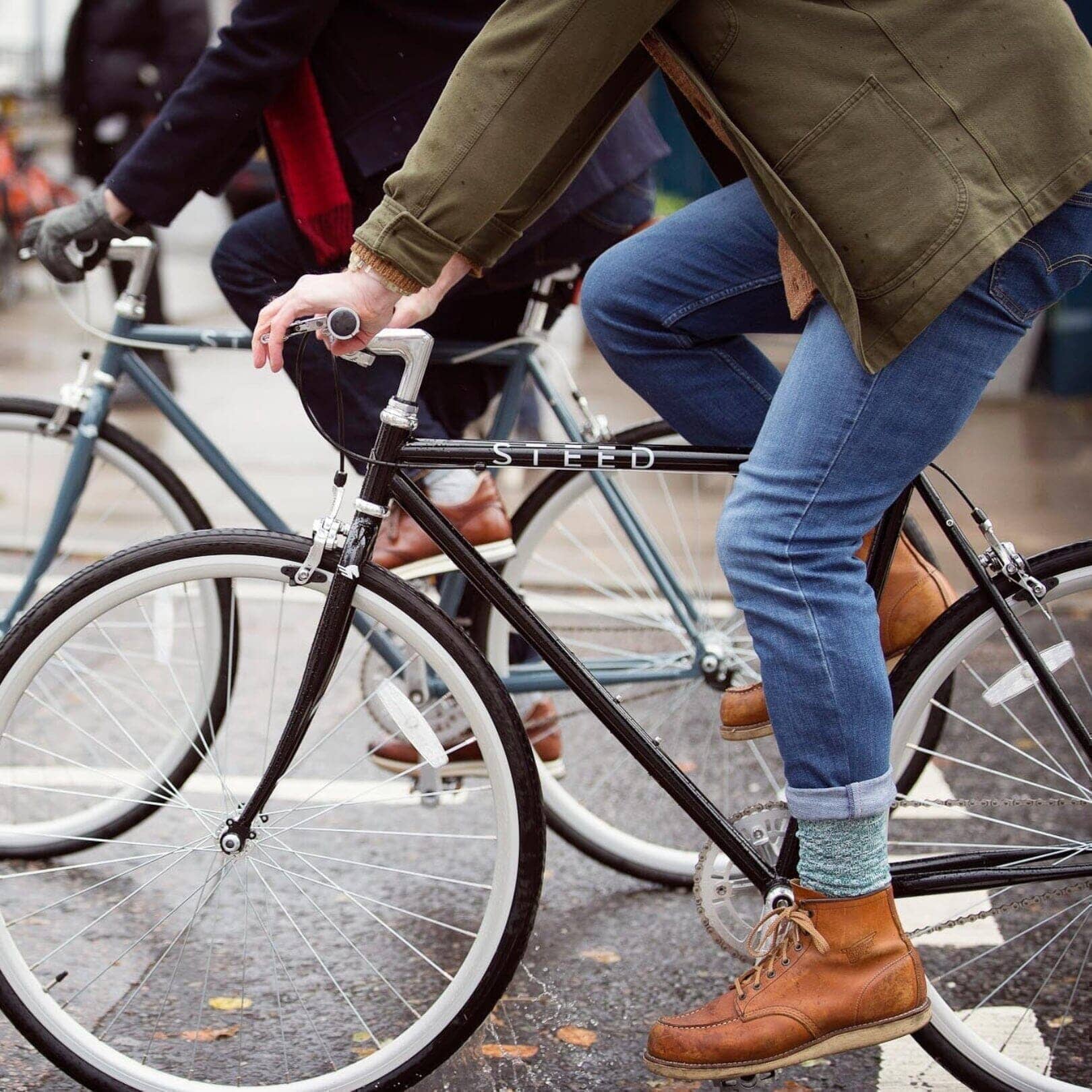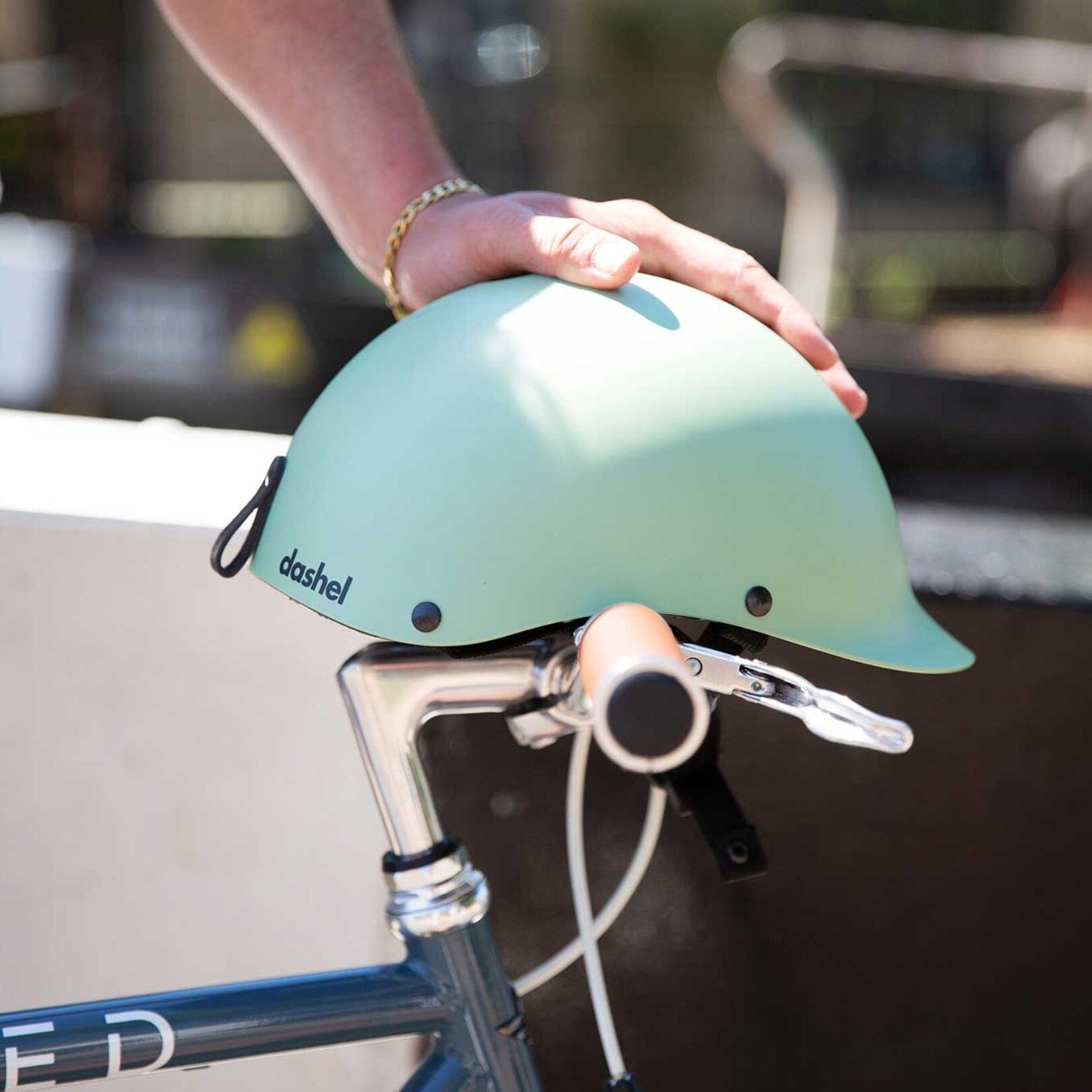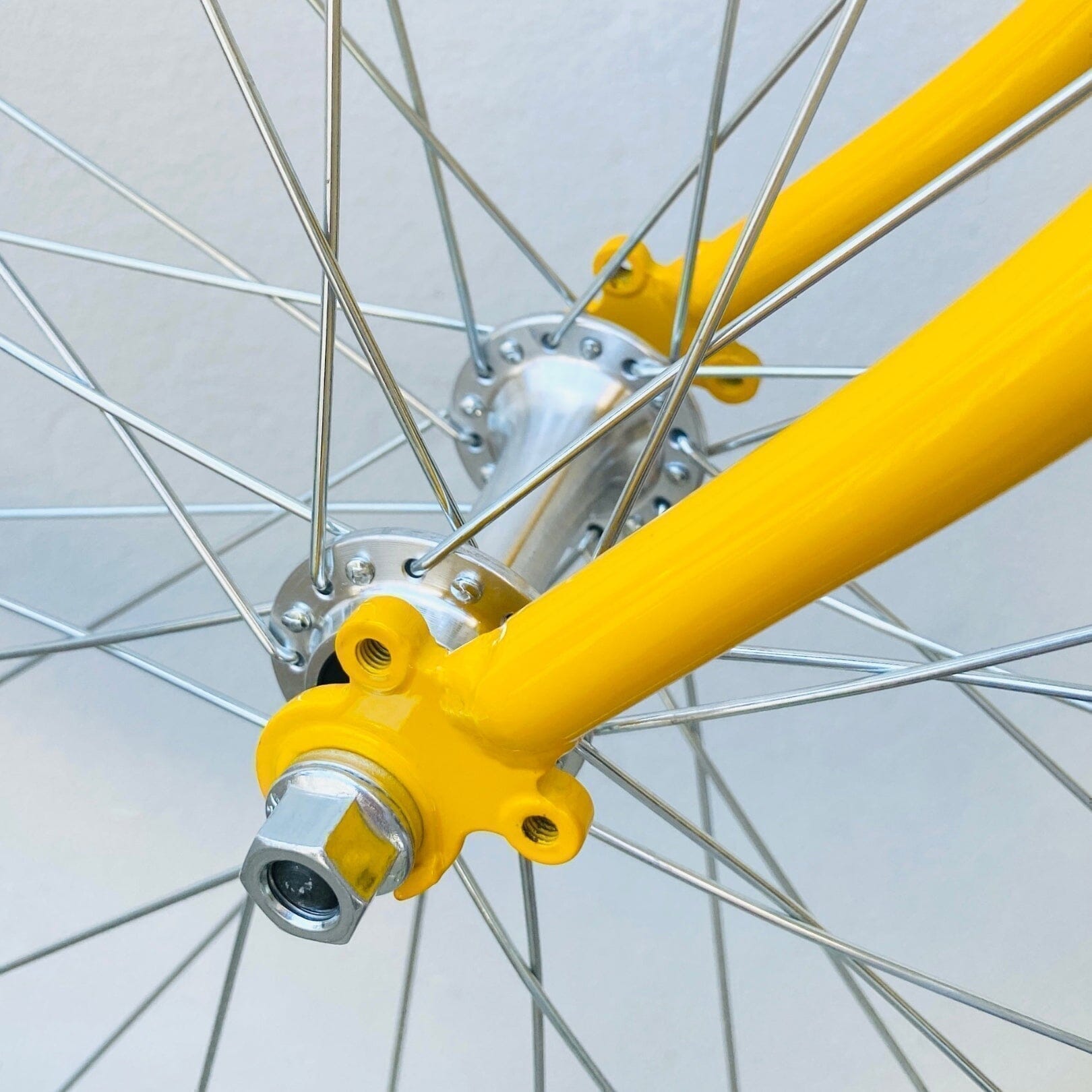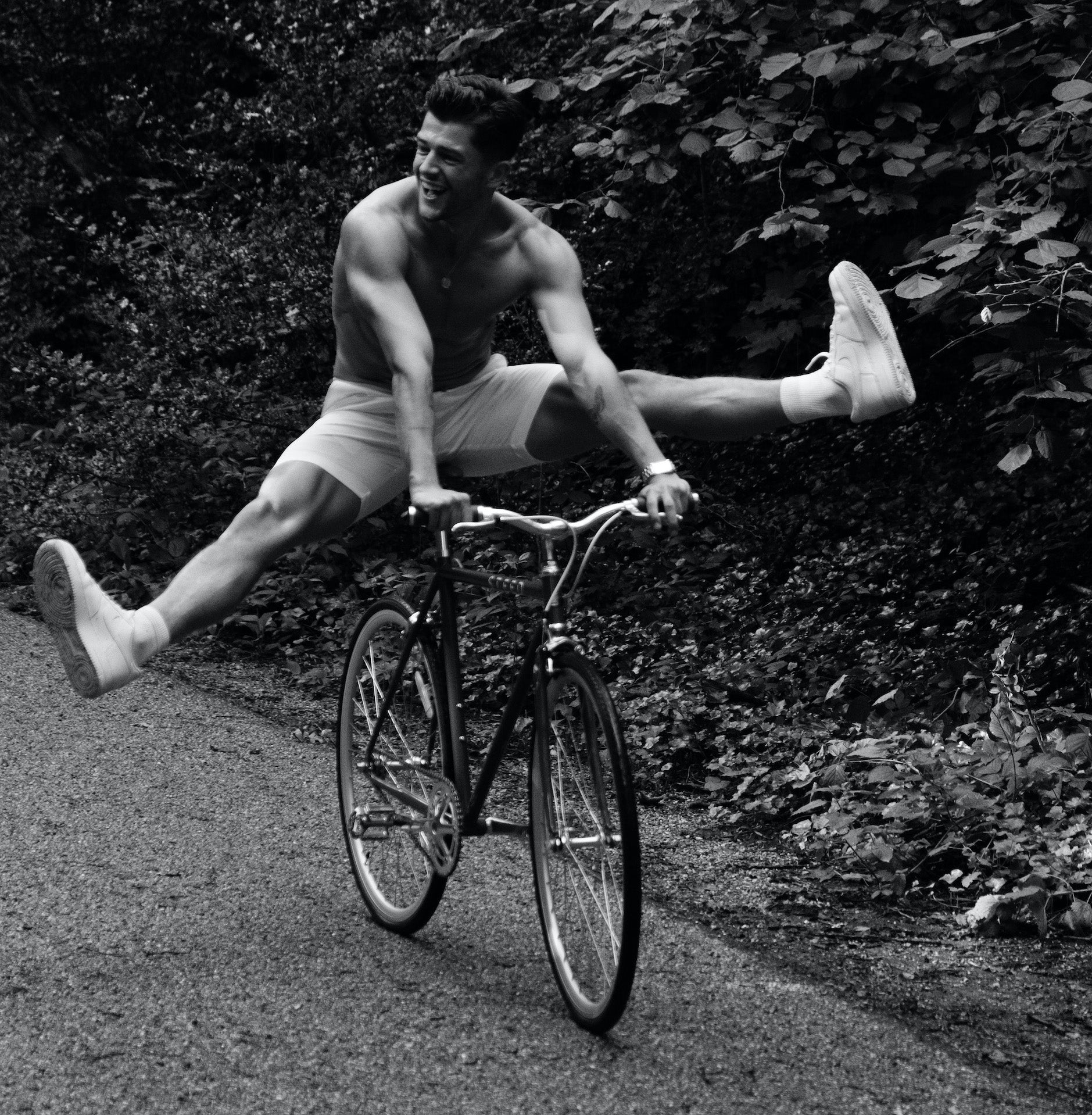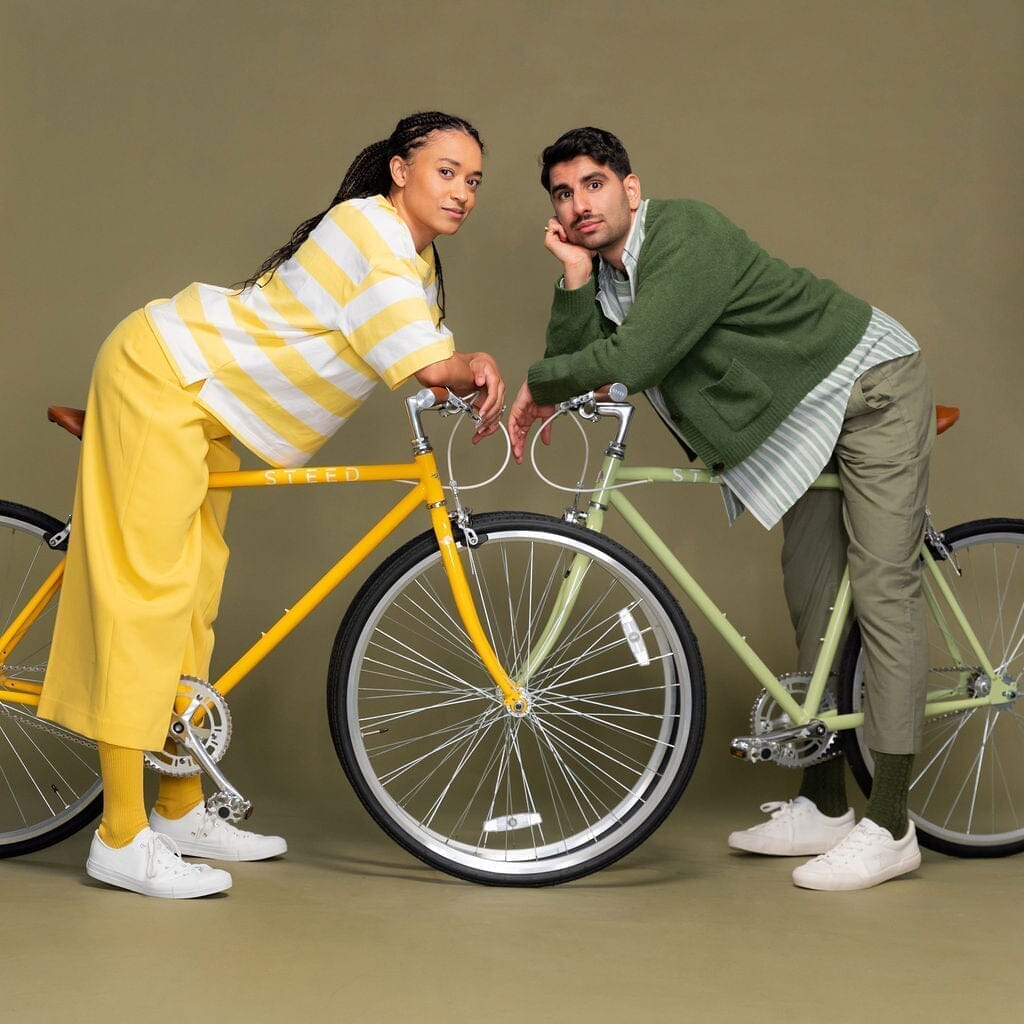5 common mistakes when buying a fixed gear bike
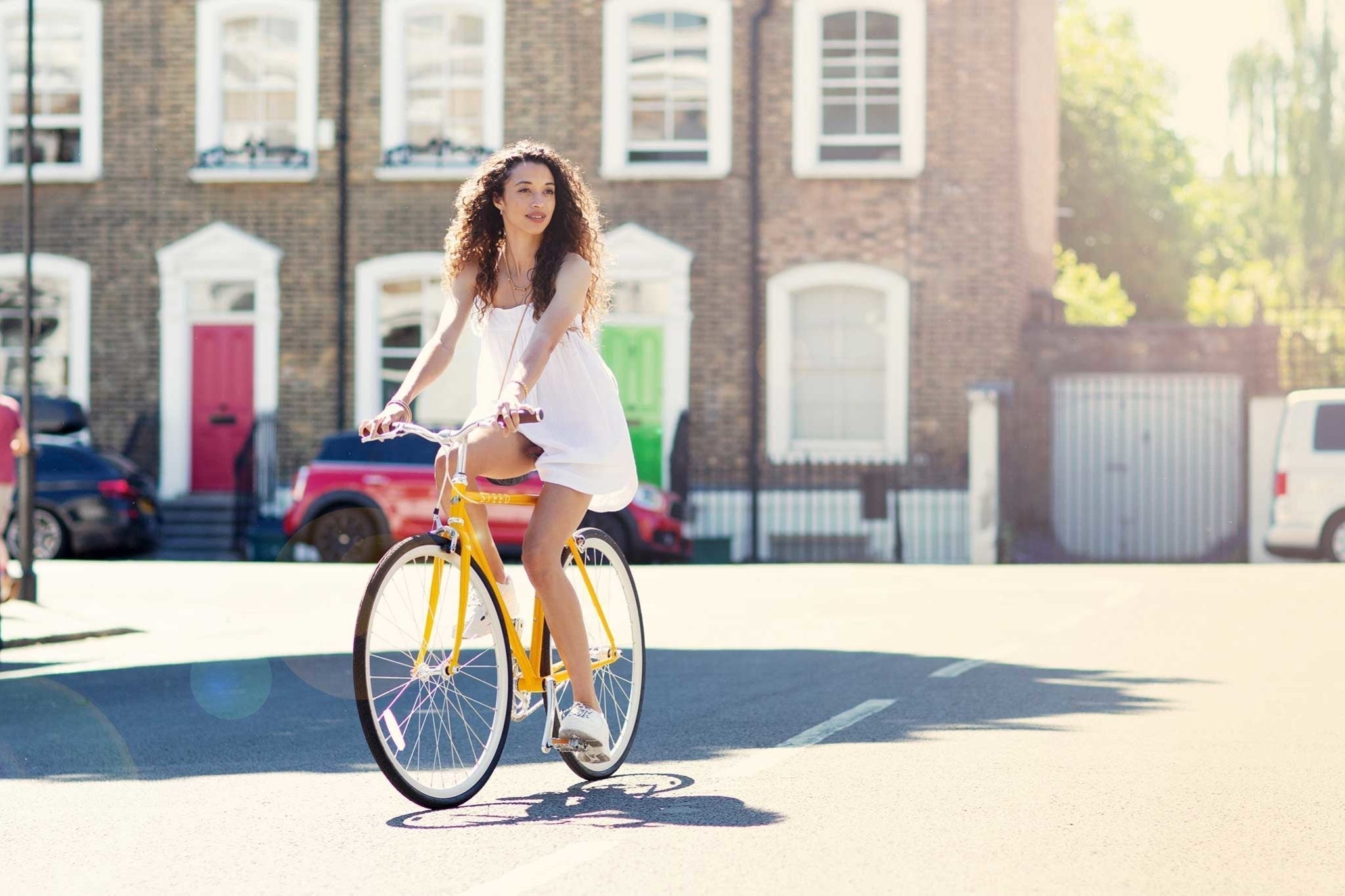
You're ready to buy a fixed-gear bike. You've done your research and you know what you want: a simple, affordable bike that will get you from A to B with minimal fuss and maximum fun.
That said, it can be hard to know where to begin—especially if you’ve never purchased a bike before. To help ensure that you don’t make any costly mistakes when investing in your new two-wheeler, we highlight some of the most common mistakes people make when buying their first fixed-gear bicycle.

What is a fixed-gear bicycle?
Before we dive into the common mistakes that people make when buying fixed-gear bikes, let's cover some of the basics.
Fixed-gear bikes are a popular choice for urban bike commuters and enthusiasts because they're simple to maintain, lightweight, and durable.
You might have also heard of single-speed bikes, which are similar, but they allow the back wheel to rotate independently, whereas with a fixed-gear bike your pedals move simultaneously with the back wheel.
Riding a fixed-gear bike can be a bit of a learning curve, especially when it comes to braking. However, once you get the hang of it, fixed-gear bikes are an excellent way to get around town quickly and efficiently while getting some exercise at the same time!
Why buy a fixed-gear bike?
If you want to get the most out of riding a bike, then a fixed-gear bike is for you. There are so many benefits of riding single speed bikes and fixed gear bikes.
Fixed-gear bikes offer a unique experience when compared to other types of bikes. Riding one gives you an opportunity to focus on your surroundings without worrying about shifting gears or changing speeds. It's an immersive experience that will help connect you with the natural world around you in ways that aren't possible on other kinds of bicycles.
That's not all, though. Here are some more reasons why you should buy a fixed-gear bike:
- Fixed gear bikes are simple and easy to maintain. You don't have to worry about shifting gears or having to deal with a chain that gets tangled up in your spokes or chainring—just pedal!
- They're great for commuting! Fixed gears are built for speed, so if you live in a city and need to zip around traffic as quickly as possible, this is the bike for you.
- They're also lighter than most other bikes, which means they're easier to pick up if you need to.

Mistakes when buying a fixed-gear bike
If you're thinking of buying a fixed gear bike, you've probably already got your eye on one that you think is perfect for you. But before you run out and make that purchase, continue reading to avoid the fivesix most common mistakes when buying a fixed-gear bike:
1. Getting the wrong bike for your needs
The first thing to consider is what kind of riding you're going to be doing and determine what your needs are.
You should consider how much time and money you want to spend on maintenance, what kind of riding experience you want to have, and whether or not you're willing to learn how to fix your bike if something breaks.
Fixed-gear bikes are great because they're super simple—and that can save money! But if your needs are more complex than those of the average rider, then getting a bike that's geared and equipped with derailleurs might be the way to go.
2. Ignoring size requirements
If you buy a bike that's too big or too small, it won't be comfortable to ride and it may not function properly. Make sure you check your seller's size chart before you buy.
If your height is between 5'0 and 5'6, look for a 50cm frame size. This would normally be a size small in fixed-gear bikes. A medium would be 54cm for riders that are 5'7 to 6'0 feet tall. Finally, if your height is over 6'1, look for a large 58cm frame size.
The handlebars and seat should be in comfortable positions when you're sitting on the seat and holding them in a standard riding position.
3. Buying a bike based on appearance, not function
When you're buying a bike, don't just buy based on how it looks. You need to think about the function of the bike as well. There are things you should look out for when buying a fixed-gear bike that will ensure that you have years of enjoyment with your purchase—or at least not end up buying another one right away.
Make sure your bike is comfortable, fits well, and is made out of high-quality materials—you'll be spending a lot of time on it, so don't skimp here.
Choose something that's well-built and well-designed—the investment will pay off in the long run with fewer breakdowns and less frustration.
We particularly recommend Steed Bikes’ own Thoroughbred model for commuting, which has been reviewed at 4.5/5 stars by the Cyclist Magazine and voted Best Commuter Bike by GQ Magazine.
All Steed Bikes are packaged as single-speed, but our clever design allows you to convert them to a fixed-gear easily.

4. Getting a bargain bike that won't last long.
A bargain fixed-gear bike might seem like the logical choice at first, but many of them are poorly made and will give you trouble in the long run.
A small upgrade in price will ensure your bike has components that won't break down on you within months of purchase.
5. Purchasing from a non-specialist bike shop.
A common mistake when buying a fixed-gear bike is purchasing it from a non-specialist bike shop. A specialist will be able to help you pick out the best possible frame, based on your body type and your inseam measurement.
You might end up paying more than you have to, and it might be harder for you to get the help that you need if something goes wrong with your purchase. So while it might seem like a good idea at first glance, don't let yourself fall into this trap—you're better off doing your research ahead of time to make sure you get the best deal possible on your new bike.

What you should know before buying a fixed-gear bike
There are a lot of reasons to buy a fixed-gear bike. It’s fun, hip, and easy to ride. But before you jump on the bandwagon, there are some things you should ask yourself.
1. What are you going to use the fixed-gear bike for?
Most people today ride bikes for fun, fitness, and transportation. One of the first things you should think about before buying a fixed gear bike is what type of riding you will do with it.
A fixed gear bike is usually used for urban riding, and for this, it is ideal because it allows the rider to focus on the road ahead. The rider does not have to worry about shifting gears, which makes for a more enjoyable ride. However, if you like riding on trails, then a fixed gear bike might not be suitable.
2. Where will you use the fixed-gear bike?
Before you get a fixed-gear bike, you need to know where you'll be riding it.
If you live in a hilly area, or if there are steep hills on your commute, consider getting a different type of bike.
Most fixed-gear bikes are designed for flat roads and smooth terrain. They are ideal for urban environments, so if you live in a flat city with smooth streets and a thriving cycling culture, they may be the perfect bike for you.
If your area isn't as bike friendly or if there aren't many places to lock up your bike or if the roads are filled with potholes—you may want to consider buying another type of bike.
Fixed-gear bikes are also excellent in the winter, so that's not something you have to worry about!
3. How often will you use the fixed-gear bike?
If you're only going to ride your fixed gear bike a few times a year, it's probably not worth the investment.
Most people who ride fixed-gear bikes are urban dwellers whose daily commutes are short and predictable. Fixed-gear bikes are perfect for these kinds of rides; they are easy to maintain and simple to ride.
If you live in the city, chances are you will be able to use your bike regularly, but if you are an avid rider and want a bike that can be used for longer rides as well, you should probably buy a geared bike. You don't want to spend money on something that is just going to collect dust in your garage.
4. What is your budget?
A fixed-gear bike is quite functional and it is an investment that will last you for a long time. Generally, expect to pay anywhere from £350-£600 for a high-quality fixie.
When contemplating your budget, you should take into account the cost of your bike tool kit and necessary maintenance. For the best deal, look to purchase a bike with a lifetime warranty.
If you are planning to ride recreationally or to use it for exercise or racing then getting a fixie with all the bells and whistles isn't necessary. Try to find one that fits comfortably with your price range and style.
Final thoughts
As long as you take the time to consider these six factors before purchasing a fixie, you will be ahead of the game and on your way to owning a reliable, well-made bike that can handle the stress and strain of frequent riding for years.
0 comments


